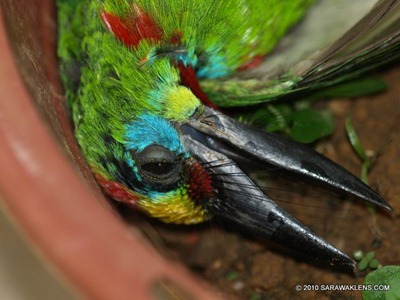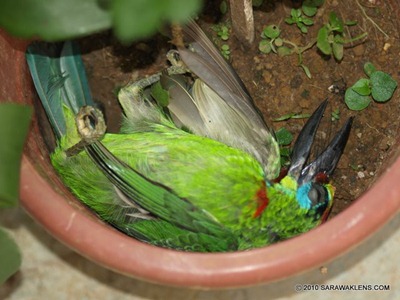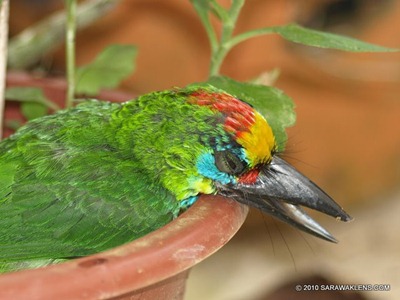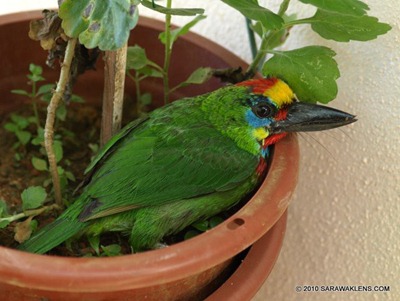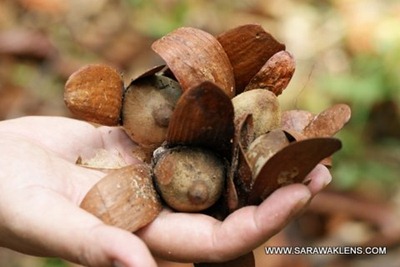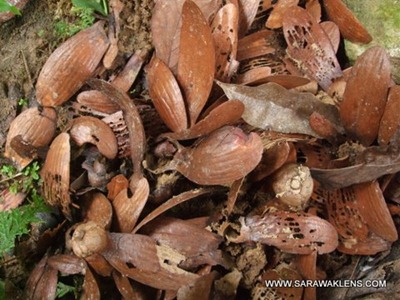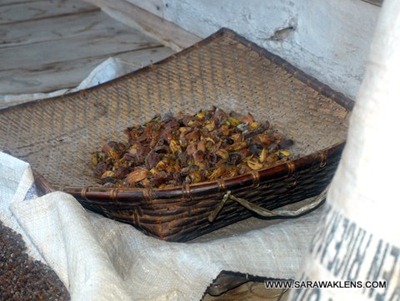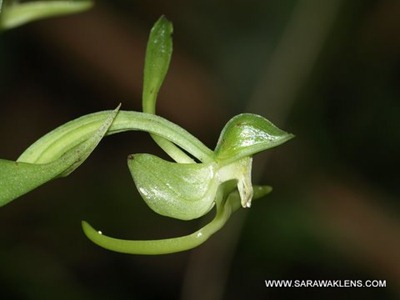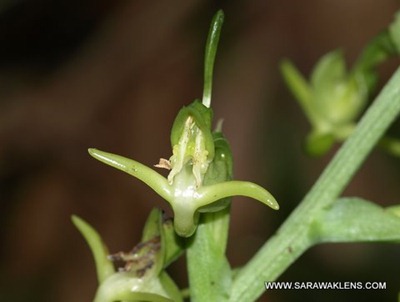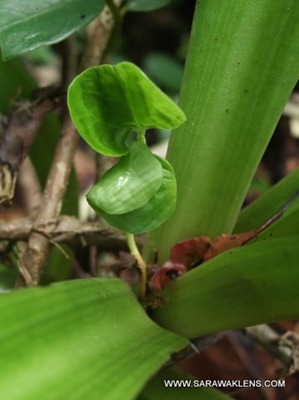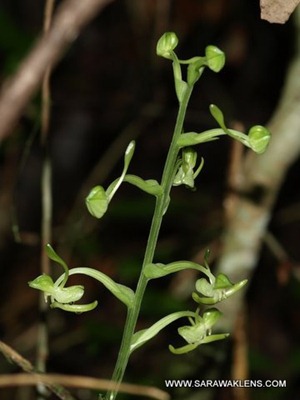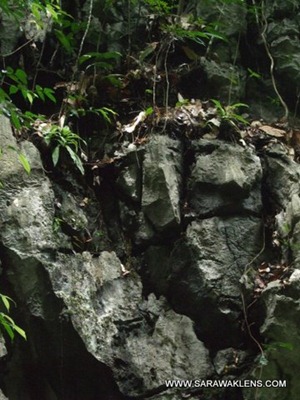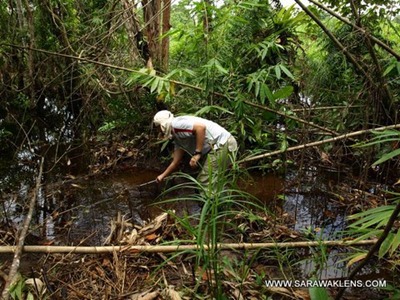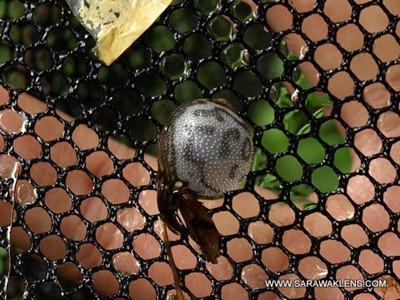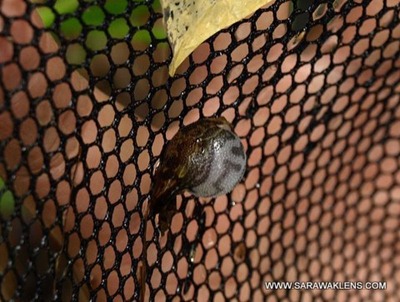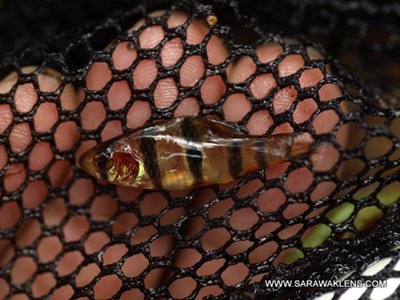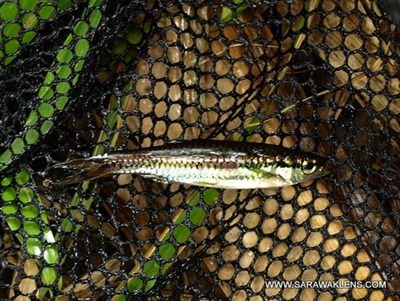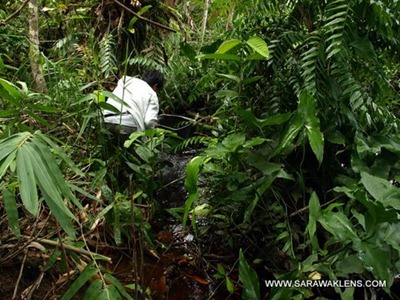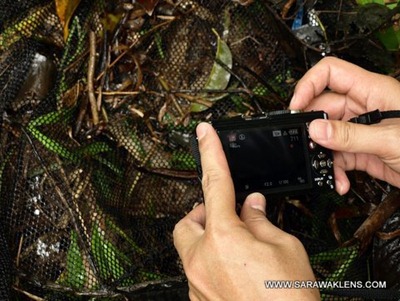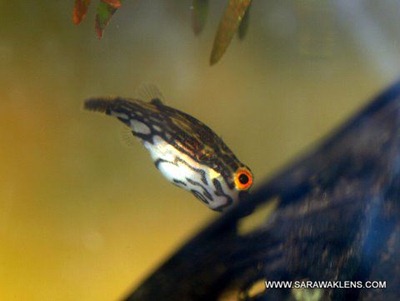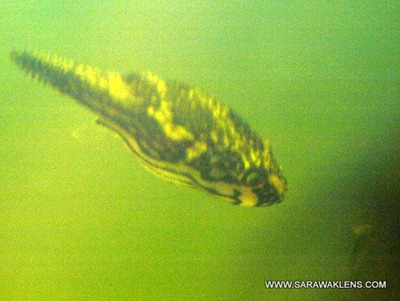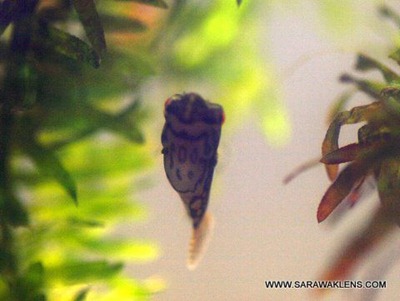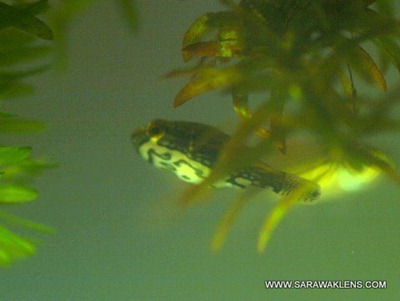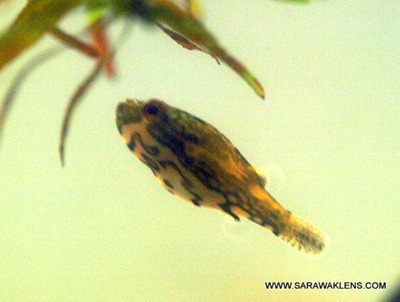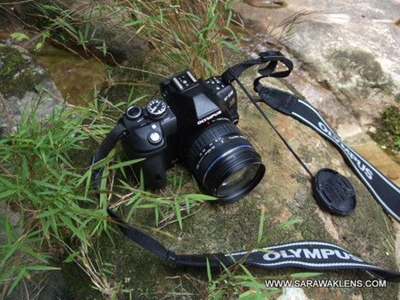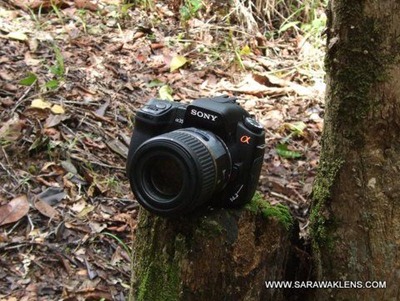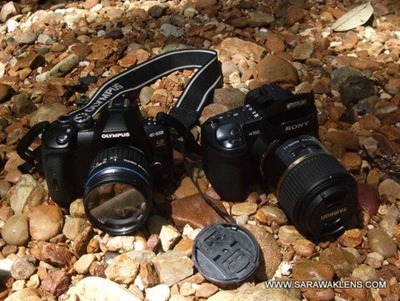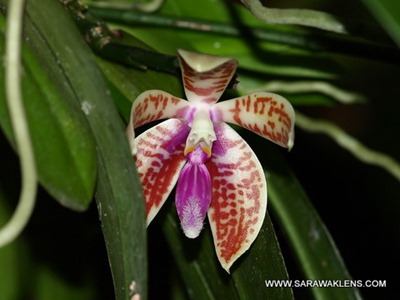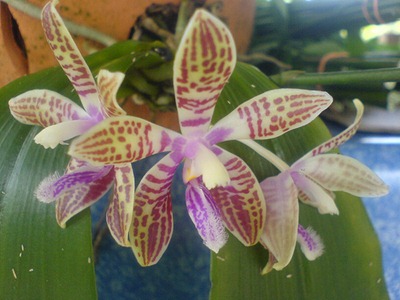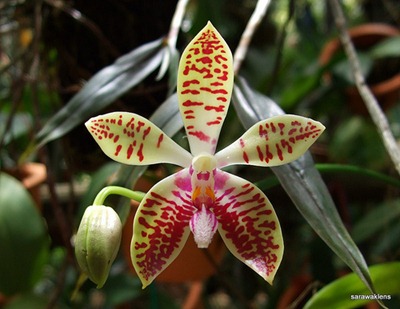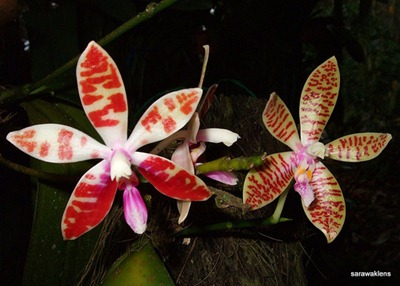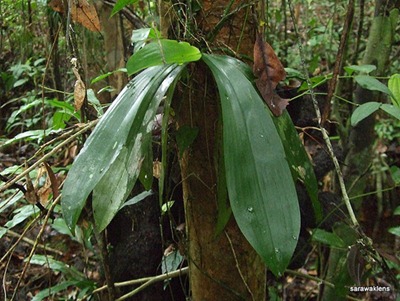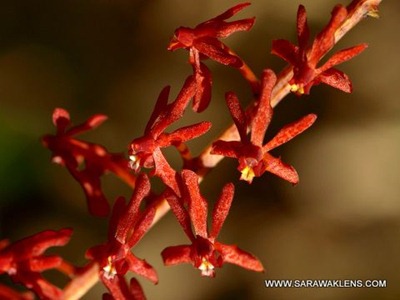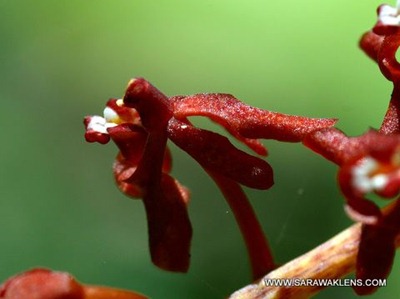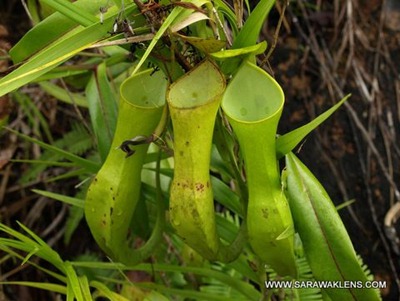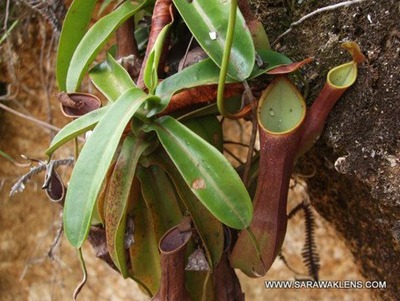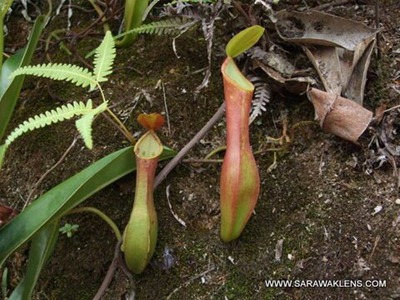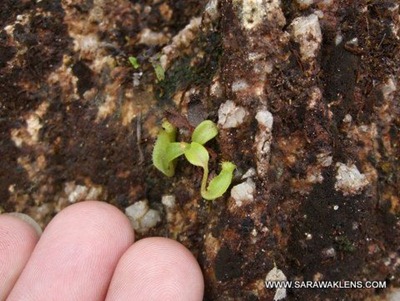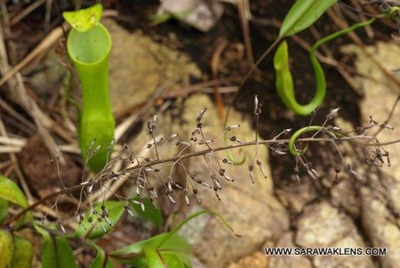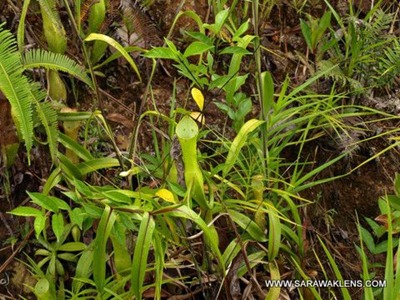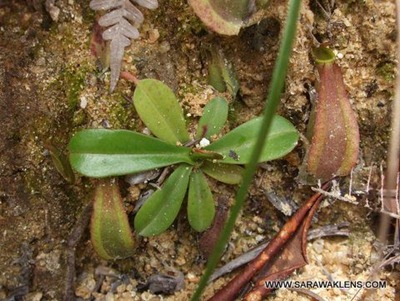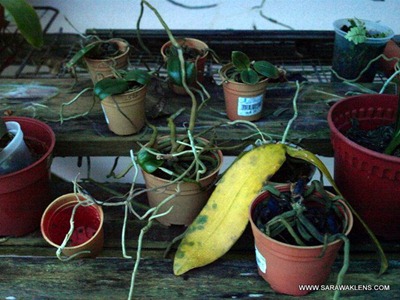
The aftermath of a spider mite infestation.
Spent the entire evening salvaging whatever's left of my once very healthy orchid seedlings, many of which have reached blooming size. In fact, many have already started to bloom. I do not know for sure where the mites came from. Perhaps it's from the goat pellets (any of my fellow growers have any bad experiences with spider mites after using natural goat pellets?) or from an affected plant with dormant eggs introduced from elsewhere.
The damage is severe. I lost some very expensive primary hybrids such as Phalaenopsis gigantea x P. bellina (which were growing handsomely!), P. cornu cervi and P. pantherina primary hybrids and many more. Along with the phals, I also lost countless slipper orchids, I do not wish to even start counting as it's too heart breaking. Many of my large vanda seedlings are also affected, but vandas are hardy plants and the stricken plants should come back nice and healthy after some months. I do not hold much hope for many of the phals and paphs. :(
I soaked all the plants in the nursery area for 10-15 seconds in a natural/organic mite killer by Yates called Natrasoap. Anyone familiar with this? Hope it does the trick in eliminating those nasty microscopic parasites!
I know that spider mites hate water, and since the nursery area is sheltered from the rain, perhaps this is why the infestation could spread like wildfire.
Total damage? I don't even want to come up with an estimated figure. I refuse too. Too painful to even think about. *sigh*
Two pictures are included here, the first one was taken this evening, showing the terrible damage done. Who knew such minute creatures could wreak so much havoc.
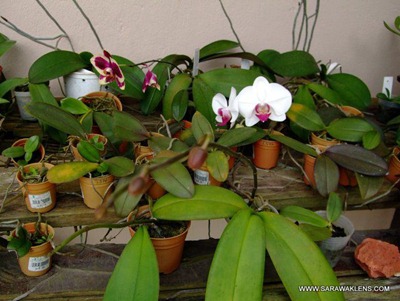
The second photo above was taken in January, showing the green and healthy seedlings, some coming into bloom.
When I first spotted the mite infestation, I sprayed the plants with pesticide, wrong thing to do, I know. But it’s hard to find miticides here. Plus, I really do not like to use any sort of poisonous chemicals on my plants. So I then resorted to only water, spraying the plants hoping to dislodge the mites and destroying any eggs. The mite problem seemed to be settled but soon came back. The recovering phals which were putting out new shoots were quickly overwhelmed and many dried up and died.
I have tried using neem oil and a mild soap solution before. Didn’t work too well to keep the bugs away. Some friends swear by it, but I haven’t had much success with it. I’ve also tried serai wangi (lemon grass extract), can’t say for sure if it works.
For now, I'm going to shift all of the seedlings outside, if they survive, they survive. If they don't, I'll have to cut my losses. I don't want to stress over them too much anymore.
